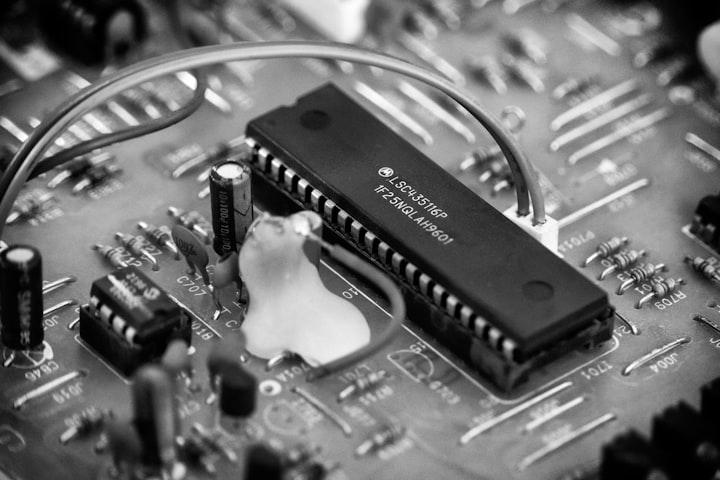
For some, it is coding that whacks their neurons; for some, it is machinery; and then for some, it is the electrical components. Take capacitors for example; these cylindrical items, sometimes lentil-like too, keep on confusing those who show an interest in the world of electronics. What in the world do they do on a circuit board? You surely cannot reach them and ask this same question; they are workaholics and do not give heed to such questions. This is why I’ve come to help you out of this shocking bog. If capacitors are one of those electronic components that you just can't wrap your head around, then stick with me for another 5 minutes. I'll demystify the world of capacitors and make you feel confident enough to work with them.
A brief on capacitors
Let's start with a basic definition - a capacitor is an electronic component that stores electrical energy in an electric field. But then, is it like a battery? If yes, then why? I’ll tell, but before this know that it consists of two conductive plates separated by an insulating material known as a dielectric. Capacitors are commonly used in electrical circuits to block DC voltage while allowing AC voltage to pass through. It is done to filter out noise, smooth voltage spikes, and store energy. Ooh! Too much technicality right? Here is a simple explanation:
Capacitors are designed to block direct current while allowing alternating current to pass through because many electronic devices require AC power to operate properly. This is because AC voltage alternates in direction and has a changing voltage level, while DC voltage flows in only one direction and has a constant voltage level. Some electronic devices cannot handle DC voltage and require AC voltage to operate. By blocking DC voltage, capacitors ensure that these devices receive the right voltage and function in a blissful way.
Now, these capacitors come in different types to support different needs. Here are a few common types:
- • Ceramic capacitors: These are small, cheap, and commonly used for decoupling and filtering applications. They come in various sizes, shapes, and capacitance values.
- • Electrolytic capacitors: Large and polarized capacitors that are commonly used for power supply filtering and decoupling. If you’ve seen something cylindrical or rectangular shape on a circuit board, chances are that you’ve seen them. They have a high capacitance value also.
- • Film capacitors: Non-polarized capacitors that are commonly used for coupling and filtering applications. You may easily find them in various capacitance values, voltage ratings, and package sizes.
When buying, always go for high-quality capacitors to save your costly appliances. Look for sites like Shopify to counter their cost.
But hey, what will happen if you remove a capacitor from a circuit board?
What happens if you remove the capacitor from a circuit board?
What a wonderful question it is. No? Well, the result of removing the capacitor will depend on the use of the capacitor in the first place. If the capacitor is used for filtering or smoothing out voltage spikes, its removal may result in more noise or spikes in the circuit. You may hear zigging noises or sparks.
If a capacitor is used for energy storage, removing it could result in a loss of power reserve. It is because an appliance needs additional power reserve for several reasons. For example, when an appliance first turns on, it may require a higher amount of power than it needs to operate steadily. Or if there are fluctuations or spikes in the power supply, a capacitor can help to stabilize the voltage and provide a steady flow of power to the appliance. This can prevent damage to the appliance and ensure that it continues to function properly. Consider it like a little power backup or inbuilt inverter.
In some cases, removing a capacitor may not have a noticeable effect on the circuit's functionality. But this should not mean that you should remove it. It was placed there for a reason, so let it stay there.
So, here you have it, a simple explanation of capacitors and there role in the circuit board. Was not this like drinking a glass of a delicious milkshake?
About the Creator
Shivam
Helping people communicate complex ideas using storytelling






Comments
There are no comments for this story
Be the first to respond and start the conversation.